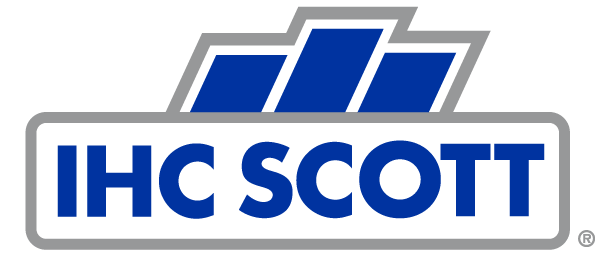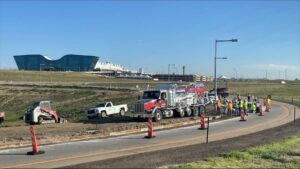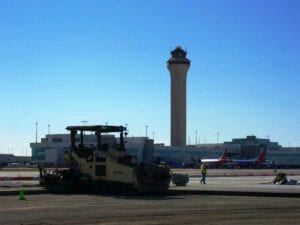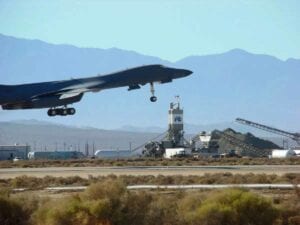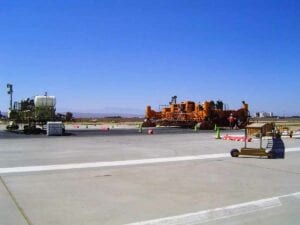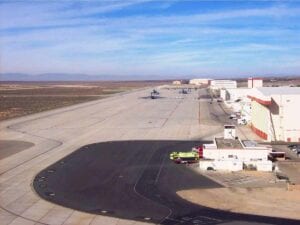EAFB Main Runway Reconstruction, California
- Owner: US Air Force
- Location: Edwards, California
- Completion Date: 1 Jun 2010
- Awards: Gold Award - Commercial Service & Military Airports, 2009 ACPA National
- Core Competencies: Airports|Alternative Delivery|Concrete Paving|Featured|Industries|Military|Services
Related Projects
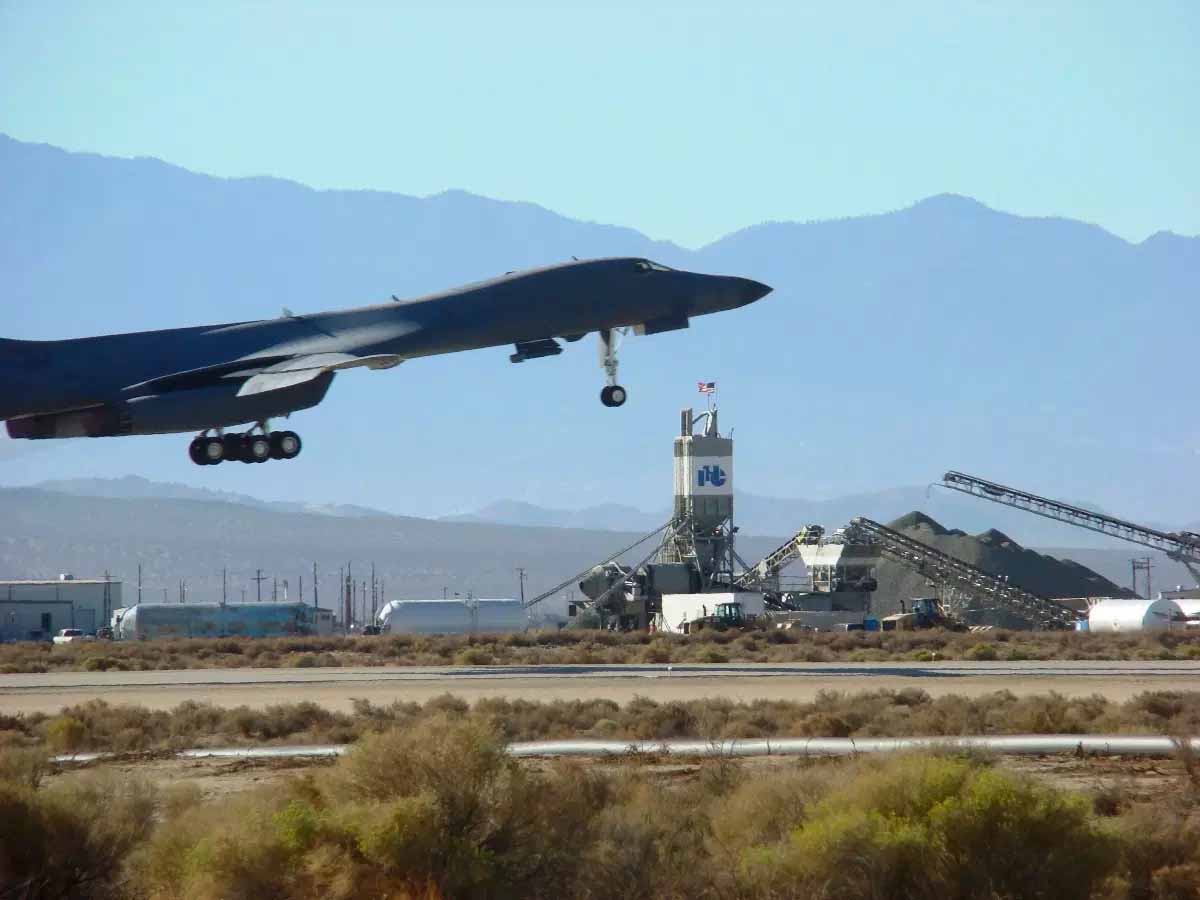
Runway rebuild construction of complex heavy-duty airfield pavements with innovative design and project management skills.
Edwards Air Force Base, located in the Mojave Desert approximately 100 miles north of Los Angeles, serves a unique and critical function. It is the premier military flight test facility in the world and the command center for proving and improving the critical national defense systems of the past, present and future. The 15,000′ long by 300′ wide main concrete runway at Edwards is the central hub for testing missions at the base, and historically served as the back-up space shuttle landing runway and takeoff runway for the Boeing 747 “piggy-back” space shuttle return to Cape Canaveral.
IHC combined its expertise in the construction of complex heavy-duty airfield pavements with the innovative design and project management skills of CH2M HILL to form a joint venture (JV) for the design and construction of these critical facilities. The USACE short-listed the JV during the SOQ solicitation and subsequently awarded the team the Design-Build contract based on two-phase “Best Value” selection criteria.
Originally built in 1952, the existing PCC runway was showing significant distress due to Alkali Silica Reaction (ASR), threatening safe operations and the success of the base testing mission. Prior to decommissioning the main runway, the JV was required to design and build a full-service “temporary” 12,000′ long by 200′ wide runway in the infield between the main runway and the North Base parking aprons, allowing base operations to continue without interruption while the main runway was reconstructed.
Before any work began, the CH2M HILL-IHC JV Team committed to use a collaborative partnering process to work with the USACE, USAF, Base Engineering, Subcontractors, Vendors and all other stakeholders, to openly discuss issues, possible solutions, and resolve points of conflict to prevent negative impacts on the base operations and maximize design-build efficiency.
Key accomplishments for this project include:
- Trained more than 1,500 workers through the project’s safety program resulting in the team logging more than 400,000 hours without a lost-time accident
- Built two runways in less than two years
- Moved 44,000 truck loads of rock, sand and asphalt, and more than 800,000 cubic yards of earthwork
- Placed 28 miles of concrete
- Demolished 445,000 square yards of concrete in 9 weeks
The main base runway reconstruction maintained full operational capabilities by relocating the BAK-12 (barrier arresting kit) from each end of the existing main base runway to the temporary runway. Upon completion of the main runway reconstruction, the JV moved the BAK-12s back to the main runway.
IHC used a combination of several techniques ensure quality, including two high-production water chilling units with additional tank storage. Equipment and plant preparation began prior to daylight enabling placement to begin at dawn. Special misting systems were placed on the paver and curing machine to provide a favorable atmosphere above the slab allowing for all paving to take place during the day, in an extremely hot, dry, and windy environment.
IHC credits the entire project team for completing the design and construction of the project two months ahead of schedule and on budget.
